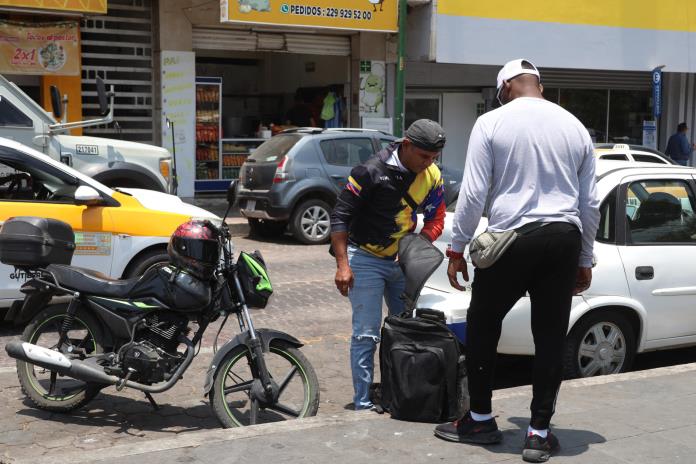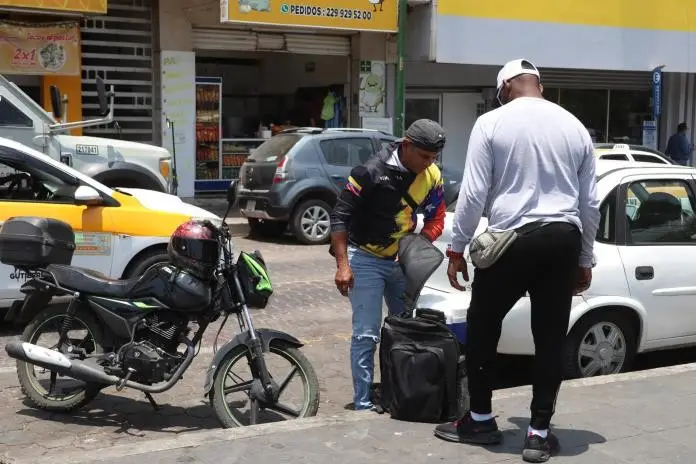Migrants on the Mexico-Guatemala border want to work on the Mayan Train, the Interoceanic Corridor, and the industries promised by Mexican President Claudia Sheinbaum to mitigate migration, which would strengthen the area as an industrial hub in Central America, according to officials.
In Tapachula, the largest city on the border, Mexico’s capital, foreigners and businesspeople expressed their optimism to EFE after the meeting two weeks ago between Guatemalan President Bernardo Arévalo and Sheinbaum, who proposed bringing the Mayan Train and manufacturing hubs to the region.
Denis Olivera Aguirre, secretary of the Association for the Development of Markets in Tapachula, believed that these projects would encourage the arrival of migrants due to the employment they would create.
“In their countries, they are experiencing a very delicate security and economic situation.
So, seeing a source of employment, perhaps they will turn more to Guatemala and Mexico. In fact, with the closure that (President) Donald Trump imposed on the United States, this (place) will later become a source of employment,” he commented.
The “economic capital” of Central America
The mayor of Tapachula, Aarón Yamil Melgar Bravo, recalled in an interview with EFE that Sheinbaum said during her campaign that Tapachula would be the economic capital of the state of Chiapas and of Central America.
The mayor explained that there are almost 400 hectares available for industrial projects such as “the completion of the railway tracks that connect from the Isthmus of Tehuantepec to Puerto Chiapas” to promote trade between the Pacific and Atlantic oceans, and between North and Central America.
“They will be able to unload and load containers onto ships and unload containers from trains, and evidently, the other branch of the railway will go to Suchiate (on the border with Guatemala),” she explained.
Sheinbaum has insisted that to alleviate migration, it is necessary to address the causes, following the record of more than 925,000 irregular migrants in Mexico from January to August 2024, more than any other full year.
“What are we saying about migration? It’s not about placing National Guards everywhere, but rather about providing well-paying jobs
so that people don’t have to migrate out of necessity. So one of the goals is to work with Guatemala to develop this hub on the border,” she said on April 11.
The proposal encourages migrants
The projects encourage migrants like Venezuelan Luz Marina, who called them a “great proposal” and news for migrants interested in working in Mexico after Trump’s restrictions.
“We are fully willing to help Mexico and Guatemala. Yes, we are interested in better working conditions.
They should consider our support. There are many of us who are interested. There will be 700, 800, or even 1,000 Venezuelan, Cuban, and Haitian migrants, and a very good workforce,” she said.
Deivy Gurrola, from Cuba, asked the Mexican authorities to promote regular residence for migrants who wish to work on these projects, “to create factories, to establish companies so we can find work quickly.”
“I would be interested in being able to work. I could pay rent and support myself here in Mexico, because we are looking for a bit of savings, work that is affordable for us. We would like to work,” she expressed.
Mexico has received more than 24,000 deportees in the first eight weeks of Trump’s new presidency, including 4,567 foreigners, according to the latest update from Sheinbaum, who has promised support for those who choose to stay in the country.

Source: udgtv




